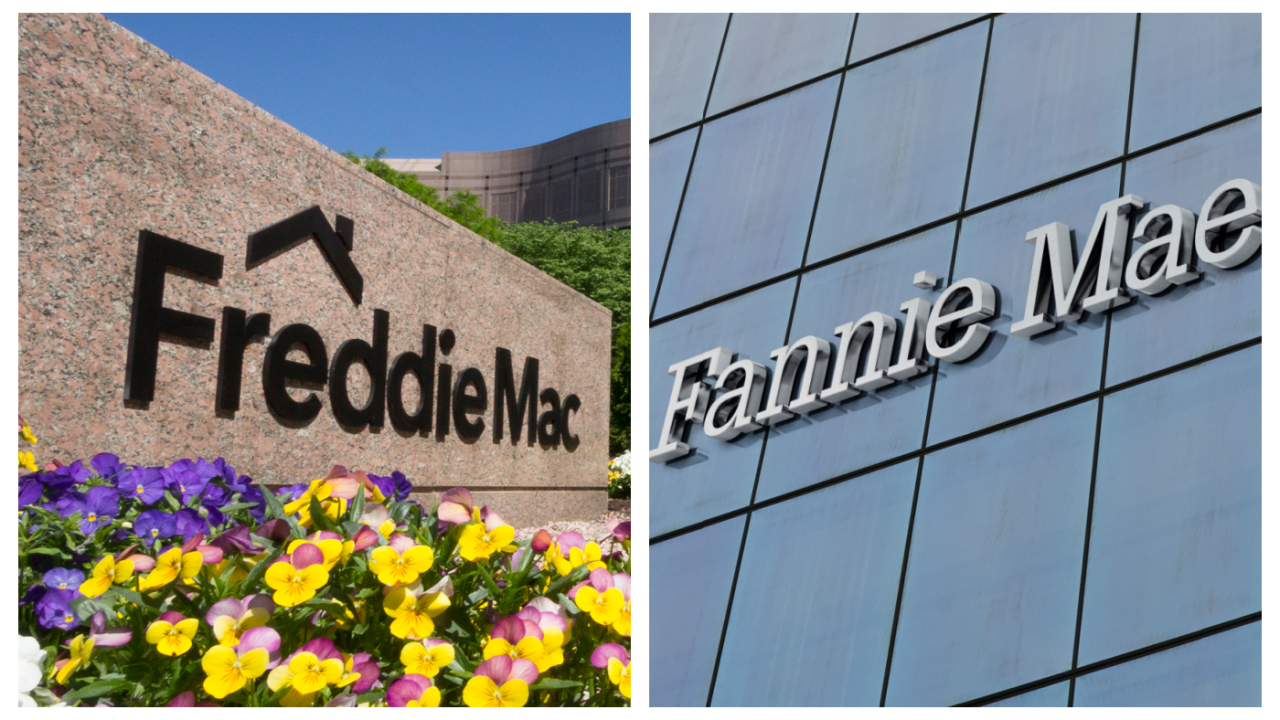Banks have long sold postage stamps through ATMs. The U.S. Postal Service may be returning the favor by selling payment cards at post offices.
The federal agency plans to sell gift cards at 2,000 branches starting in May to see if it can generate additional revenue.
The Postal Service says that when consumers buy payment cards, they often need to use mailing services to deliver the cards.
There is "a nexus between the use of gift cards for gifting purposes and the use of the mails for sending that gift," the agency said in a notice filed with the Postal Regulatory Commission, which oversees the Postal Service.
Payments experts say the plan in theory makes sense but the agency's success will depend largely on where it chooses to sell the cards and how it markets the service.
"Gift cards have become kind of a commodity in that you can get them everywhere," said Ben Jackson, a senior analyst in the prepaid advisory service at Mercator Advisory Group in Maynard, Mass. "The idea that … this is sort of a huge revenue mine I don't think holds a lot of promise for the post office or anyone else."
A key challenge will be getting consumers to think of the post office when they want gift cards, which are already widely purchased from drug stores, supermarkets and other retailers, Jackson said.
U.S. gift card spending is expected to top $100 billion in 2012, up from an estimated $91 billion in 2010, according to the TowerGroup research firm in Needham, Mass.
The Postal Service will begin selling payment network-branded open-loop cards at the 2,000 branches where it also sells greeting cards, a product it added last year. It expects to expand the availability of gift cards to an additional 3,000 locations this year. It has more than 32,000 locations overall.
Since it began offering greeting cards, the Postal Service has received feedback from customers that it would "be great to also offer gift cards," Christine Ray, manager of the retail service network at the agency, said in an interview.
Brian Riley, a senior research director of bank cards at TowerGroup, said offering gift cards in conjunction with greeting cards could help entice customers looking for a last-minute gift. However, the Postal Service will have to beef up its greeting card offering to do that.
"If you're looking at your typical CVS or Walgreens, they typically have two to three aisles of cards," Riley said. "If their hope is to peg this on that convenience factor, they need a much more meaningful plan."
Ray said the agency sells greeting cards at branches primarily in "large markets." It chose those same locations for its rollout of gift cards "to see if we can see a similar … pattern of people buying gift cards and mailing them," Ray said.
The Postal Service said in its proposal that it does not expect annual revenue generated by gift card sales during the test to exceed $10 million. The test is slated to last two calendar years.
The agency plans to contract with one or more third-party issuing banks, payment networks or program managers to administer the program. Ray said last week that a contract had not been finalized. She would not discuss possible USPS partners.
Initially it will sell cards in fixed amounts of $25 and $50 as well as cards with variable amounts ranging from $26 to $100. The cards will carry activation fees of $3.95 for a fixed $25 amount, $4.95 for a fixed $50 amount and $5.95 for a variable amount. The agency will retain a percentage of the fees.
The agency said it may add closed-loop, or merchant-specific, gift cards in the future as well as the emerging category of "e-gift" or virtual gift cards, which allow people to send gift cards by e-mail.
"I think unless they do the closed-loop [cards], ultimately they'll be missing a whole chunk of the market," Riley said.
TowerGroup said spending on virtual gift cards is expected to reach $3 billion in 2012.





